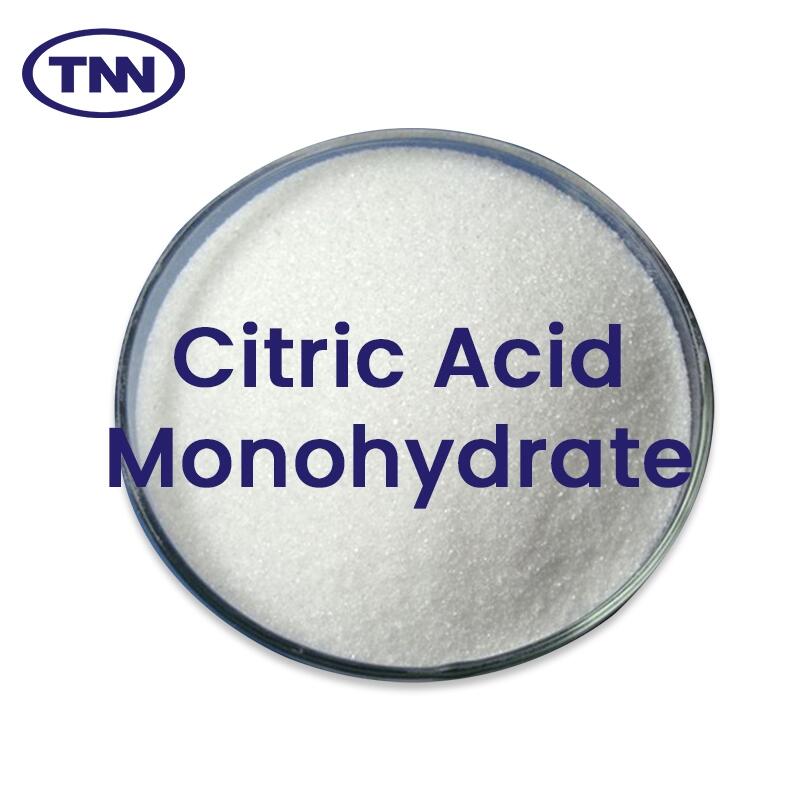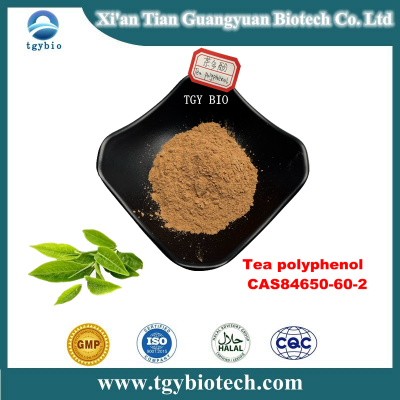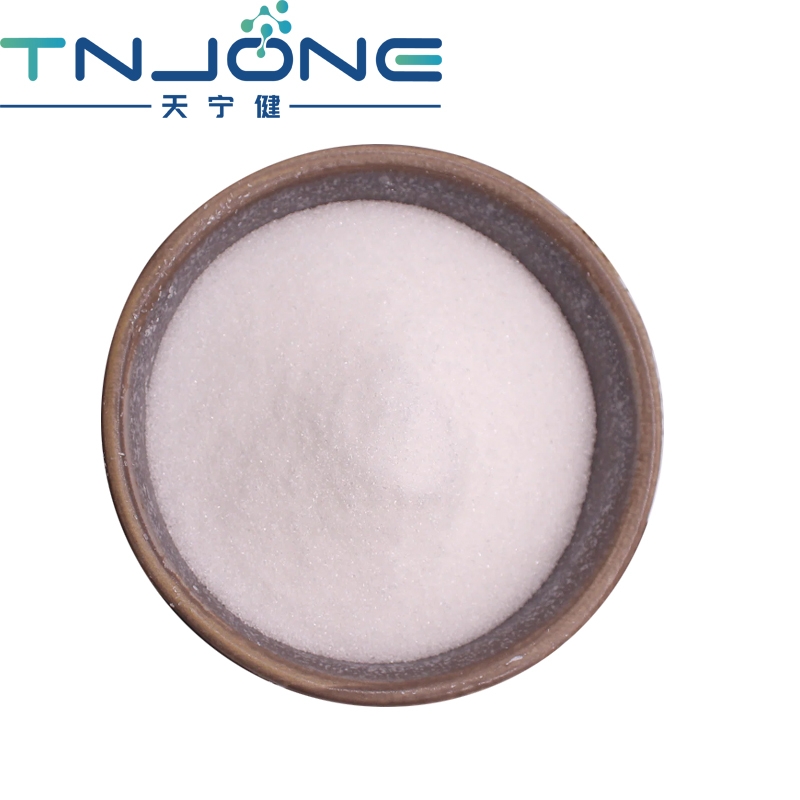-
Categories
-
Pharmaceutical Intermediates
-
Active Pharmaceutical Ingredients
-
Food Additives
- Industrial Coatings
- Agrochemicals
- Dyes and Pigments
- Surfactant
- Flavors and Fragrances
- Chemical Reagents
- Catalyst and Auxiliary
- Natural Products
- Inorganic Chemistry
-
Organic Chemistry
-
Biochemical Engineering
- Analytical Chemistry
-
Cosmetic Ingredient
- Water Treatment Chemical
-
Pharmaceutical Intermediates
Promotion
ECHEMI Mall
Wholesale
Weekly Price
Exhibition
News
-
Trade Service
The addition of soy oil and other cooking oils to copper-clive oil posing as olive oil is a typical food adulteration behavior, whether harmful or not, should be severely combated.
recently, media reported that Taiwan has food companies suspected of mixing soybean oil into copper yerolorotin, and then posing as olive oil for sale, reported that long-term consumption of oil mixed with copper yerolorin will hurt the liver and kidneys.
is copper-clerenic? Copper chloroerin is also called chloroerin copper, it is a class of chlorosteroid derivatives, commonly used also chlorosteroid copper sodium salt, chlorosteroid copper potassium salt, in the food industry often do colorant use, that is, we usually call pigment.
is the most widely distributed natural pigment on Earth, mainly in green plants.
, however, is extremely unstable.
a magnesium ion in the structure of chloroerin, which is very unstable and can easily fall out and change color, which is difficult to apply in the food industry.
To solve this problem, the easy-to-drop magnesium ion was replaced with other metal ions, commonly used in copper, sodium and potassium ions, to obtain a derivative of chloroplast - namely chloroplast copper sodium salt and chloroplast copper potassium salt.
In practice, chlorophyte is generally extracted from plants such as silkworm sand and then derived from saponin and copper, which is often regarded as a natural food coloring and can now be synthesized.
sodium chlorogrein as a colorant is widely used in the food industry.
In China's food additive standard GB2760-2011, chloroplast copper sodium salt can be used for frozen drinks, canned vegetables, cooked beans, processed nuts, candy, baked goods, fruit and vegetable juice, wine preparation and other foods, the maximum amount of use generally should not exceed 0.5 g/kg.
addition, chlorocerin copper sodium salt is also used in the field of medicine.
Medical research shows that chlorophyte copper sodium salts or their derivatives are easily absorbed by the human body, the body's cells have the effect of promoting metabolism, but also promote the healing of gastrointestinal ulcer surface, promote the recovery of liver function and other effects, often used to treat infectious hepatitis, stomach and tifular ulcers and other diseases.
However, the application of chlorost copper sodium salt in food does not include edible oil, therefore, if there are merchants to use chloroerin copper sodium salt in edible oil, whether harmful or not, is a violation of China's laws and regulations, should be severely punished.
not allowed to use, why should merchants add chloroerin copper sodium salt to cooking oil? It's all for profit.
The average price of sunflower oil in the U.S. market from October 2012 to September 2013 was $1,456 a tonne, or about 9,000 yuan per ton, and the average price of soybean oil was $1,049, or about 6,500 yuan, according to a U.S. Department of Agriculture report released in September.
virgin extra virgin olive oil imported at a price of Rmb32,000-RMB36,000 per tonne.
Even at the higher cost of sunflower oil, the cost per ton of cooking oil is only about one-third of the original extra virgin olive oil, the huge benefits of the temptation, it is no wonder that merchants will add chlorost copper sodium salt to sunflower oil and soybean oil posing as olive oil sales.
this incident is a typical food adulteration, should be severely combated.
virgin olive oil sold on the chinese market looks yellow-green because it is not fully refined and contains some of the colorin.
, many people think that as long as olive oil is yellow-green, which has become an important basis for people to choose olive oil.
this incident, people's mis-understanding has also been exploited by businesses.
, olive oil is not all yellow-green.
of olive oil comes mainly from chlorosteroids and carotenoids.
fully refined olive oil is yellow due to the full removal of chlorophyte and other pigments.
because the pressure of the press and the degree of refinement are different, olive oil will show different colors, the deeper the degree of refinement, the lighter the green color of olive oil, almost pure yellow.
addition, because the serotonin is very easy to oxidize, even the yellow-green virgin olive oil, stored for a long time, the oxidation of the serphyloo will gradually lose green, become almost yellow.
also suggests that consumers can't just look at color when choosing olive oil.
different colors of olive oil, however, consumers need not worry too much about the health benefits of eating this oil.
a safety assessment of chloroerin copper sodium salts by the Joint Committee of Experts on Food Additives (JECFA) of the United Nations Food and Agriculture Organization (FAO) and the World Health Organization found that half of the sodium chlorosterium sodium salts were fatal LD50-gt;10,000 mg/kg (in mice), with an ADI of 0-15 mg/kg.
the dietary pagoda recommended daily consumption of oil does not exceed 25 grams, if reasonable consumption, will not exceed the ADI value, and will not cause harm to human health.
need to be reminded that olive oil is also fat after all, even if it is a relatively healthy fat, but eating more will increase energy, weight gain, is not good for health.
References: -------------------------------------------------------------------------------- . . . . . . . . . . . . . . . . . . . . . . . . . . . . . . . . . . . . . . . . . . . . . . . . . . . . . . . . . . . . . . . . . . . . . . . . . . . . . . . . . . . . . . . . . . . . . . . . . . . . . . . . . . . . . . . . . . . . . . . . . . . . . . . . . . . . . . . . . . . . . . . . . . . . . . . . . . . . . . . . . . . . . . . . . . . . . . . . . . . . . . . . . . . . . . . . . . . . . . . . . . . . . . . . . . . . . . . . . . . . . . . . . . . . . . . . . . . . . . . . . . . . . . . . . . . . . Yang Jisheng, He Xuezhi. The nature, preparation process and application of chloroerin copper sodium salt. Guangzhou Food Industry Technology, 2002, 18 (2): 33-35. Summary of Evaluations Performed by The Joint FAO/WHO Expert Committee on Food Additives. CHLOROPHYLLINS, COPPER COMPLEXES, SODIUM AND POTASSIUM SALTS.







